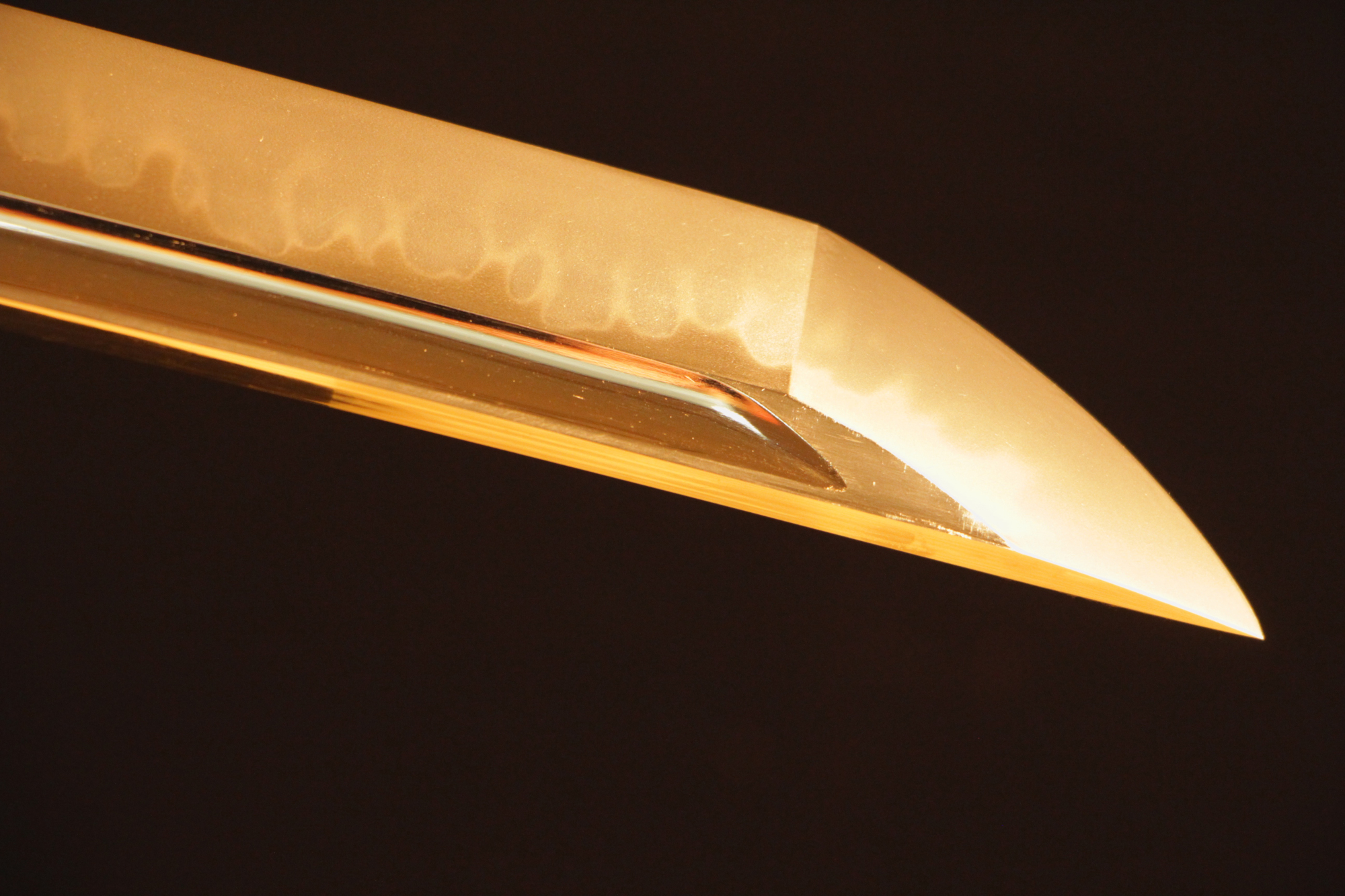Paul Martin thinks Japanese swords are a miracle.
The soft-spoken Englishman becomes animated when he talks about nihontō, the subject to which he has devoted his professional life for the past 25 years. During a hands-on lecture held at the Samurai Museum in Shinjuku, Tokyo, he helps students to understand his passion for swords, which are both weapons and art objects. A leading expert and former curator of Japanese swords for the British Museum, Martin explains that the swordsmiths of centuries past used sublime skill to imbue their steel with subtle, beautiful patterns in ways that are still not understood today.
"This technology has been lost," he says, pointing to an enlarged photo showing the edge pattern, called hamon, of a sword forged by Ichimonji Yoshifusa, a renowned smith of the Kamakura Period (1185-1333). Layers of frosty, whitish crystals billow along the length of the blade like clouds. Or perhaps like waves. Or then again, like the tree-line of a forest seen through mist. "Everyone sees it differently," he says, which is part of the artistic appeal of the Japanese sword.



